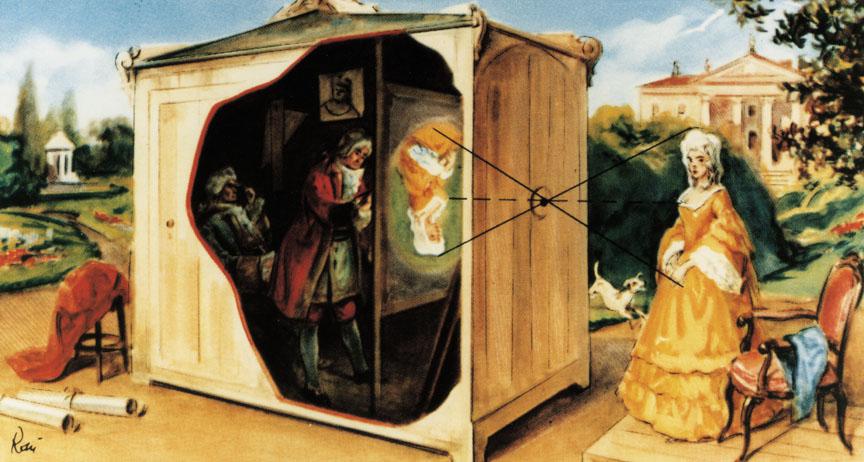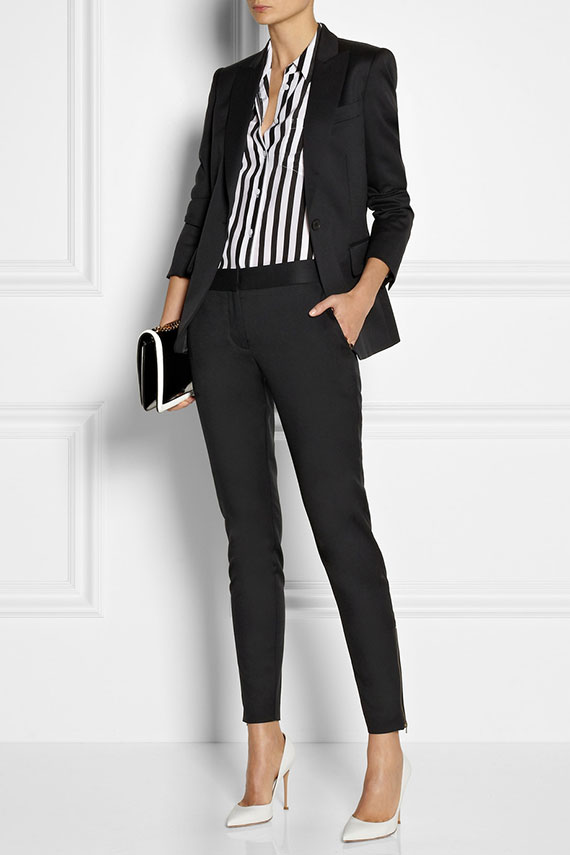
Living in a day and age where technology is reaching new heights all the time, it is hard to contemplate the fact that there was once a time when all this tech didn’t exist. It is a very common thing now, to think about the camera quality before buying our new mobile phone. And why not? Cameras literally shape social media and how other people get to view our lives. It is because of cameras that we have the ability to freeze a moment and see it anytime we want to. Its borderline magical, so to speak. But, have you wondered where and how did the very first camera originate? If you’re a camera lover or a history geek, stick around. You’ll love it.
Origin of the Camera
Are you a part of those people who just love getting photographed? Or one of those who love to photograph and capture every moment, to cherish them anytime and anywhere? No matter which group you may belong to, one thing that you all will definitely be happy about, is the mechanical marvel that helps us to freeze time and cherish it, that is, the camera. Cameras are, without a doubt, one of the most prized possessions most of us own and also one of the most coveted creations of mankind. Our Facebook, Instagram, Twitter, and other social networking websites and profiles would be simply hollow without pictures of us, our friends, our family, and all the other things around us. But, have you ever wondered from where did this brilliant little machine come from? Why and how was it invented? Well, if you would like to know, then you better read ahead.
Just like the adage that says, “Rome was not built in a day”, the modern-day camera too, was not designed and built in a day. It has a rich history behind its formation and invention. Cameras have come a long way, and their evolution consists of a chain of transitions – from the very first camera obscura, dry plates, daguerreotypes, film, and calotypes, to DSLRs and DSLRs.
Where It All Began
The journey of cameras started during the time and age of the lesser-known camera obscura – the very first camera of the world. It was a device that would utilize lens or pinhole to project photos upside down on various viewing surfaces, by the ancient Chinese and Greeks. In the year of 1544, this obscure camera had been used by a mathematician named Reiners Gemma Frisius, to help him observe a solar eclipse. That was followed by Giovanni Battista della Porta, who had recommended this camera as a mere drawing aid in the year of 1558.
You will be probably shocked to know that there used to be a time when we did not even have a method to preserve the images captured by the camera. Crazy, but true. All a person could do to preserve these photographs was by tracing them with their own hand. The transition from to a portable camera from a room sized camera took place in the year of 1685, through the intelligence of Johann Zahn.
The very first camera was invented by a mastermind individual, named as Alexander Wolcott. His camera design received a patent on the 8th of May, 1840. With Alexander Wolcott’s amazing invention, it was finally possible to click candid photographs that would not fade away along with time.
However, the earliest pictures were not taken with Alexander Wolcott’s invented camera. It was another brilliant mind, known as Joseph Nicéphore Niépce, who made use of a sliding wooden box to capture images.
Nicéphore Niépce designed and invented a small camera with the help of silver chloride coating on the paper, which would get darkened upon any exposure to light. Hence, this was not a permanent solution to preserve photographs taken by a camera. To improve the mechanism even more, he used a wooden box camera that was created by Charles and Vincent Chevalier in the year of 1826.
But, this did not stop Nicéphore’s keenness to create a more efficient device to endow upon the world of photography. Ten years later, in 1836 along with Louis Daguerre, he designed and created a practical photographic mechanism which was known as ‘daguerreotype’. Louis had coated silver on a copper plate, which had been further treated with iodine vapor for it to become sensitive to the light. The image that would be produced, could finally be developed, with the help of a solution of salt used along with Mercury vapor. Henry Fox Talbot, another significant name in the history of camera, had made an attempt to improve the process of preserving captured images, known as ‘calotype’ in the year of 1840.
The Progress
The introduction of the photographic films was transformational in nature, which made it a remarkable improvement in the world of photography. An individual named George Eastman introduced the paper film in the year of 1885. Soon, in 1889, everything switched to celluloid. Do you know the name ‘Kodak’? the high chance that you do, Kodak was actually a gift from this brilliant gentleman. The camera finally appeared in the market in the year of 1888. This was not a very flashy camera with all the bells and whistles. Nonetheless, it did have a fixed focus and the same shutter speed, but its low cost went a very long way in attracting the attention of the average Joe. This camera model also came with an ability to have 100 shots with preloaded film which could also be reloaded! Seemed flashy for those times I bet.
In the year of 1990, Eastman took photography a step further with the introduction of a simple and an inexpensive box camera which was known as ‘Brownie’. This was a very famous type of a camera that captured and reigned the market till the 1960s. Even with the cheaper photography options put forth by Eastman, a plate camera had the ability to offer quality prints and hence, remained popular even in the 20th century.
Once again, Kodak launched into the market of photography in the year of 1934, with their Retina I marking the introduction of 135 cartridge. Even though this was introduced at a comparatively inexpensive price point, roll film was still a famous choice among the masses. Surprisingly, the popular choice of masses changed to the Argus A, and then Argus C3 in the year of 1936, and then again 1939. Also, in 1936, the Japanese too began to capture the market with the introduction of Canon 35 m, which created a stir among the people.
From pinhole cameras to DSLRs, we sure have come a long way when it comes to taking pictures. With the very first cameras, it would take up to hours to capture a single photograph. Now, it takes less than a second. Where would we be without our flashy cameras, right?


